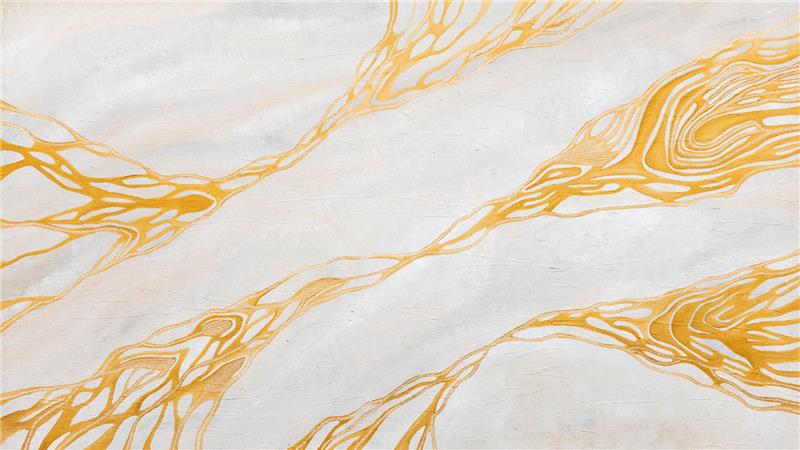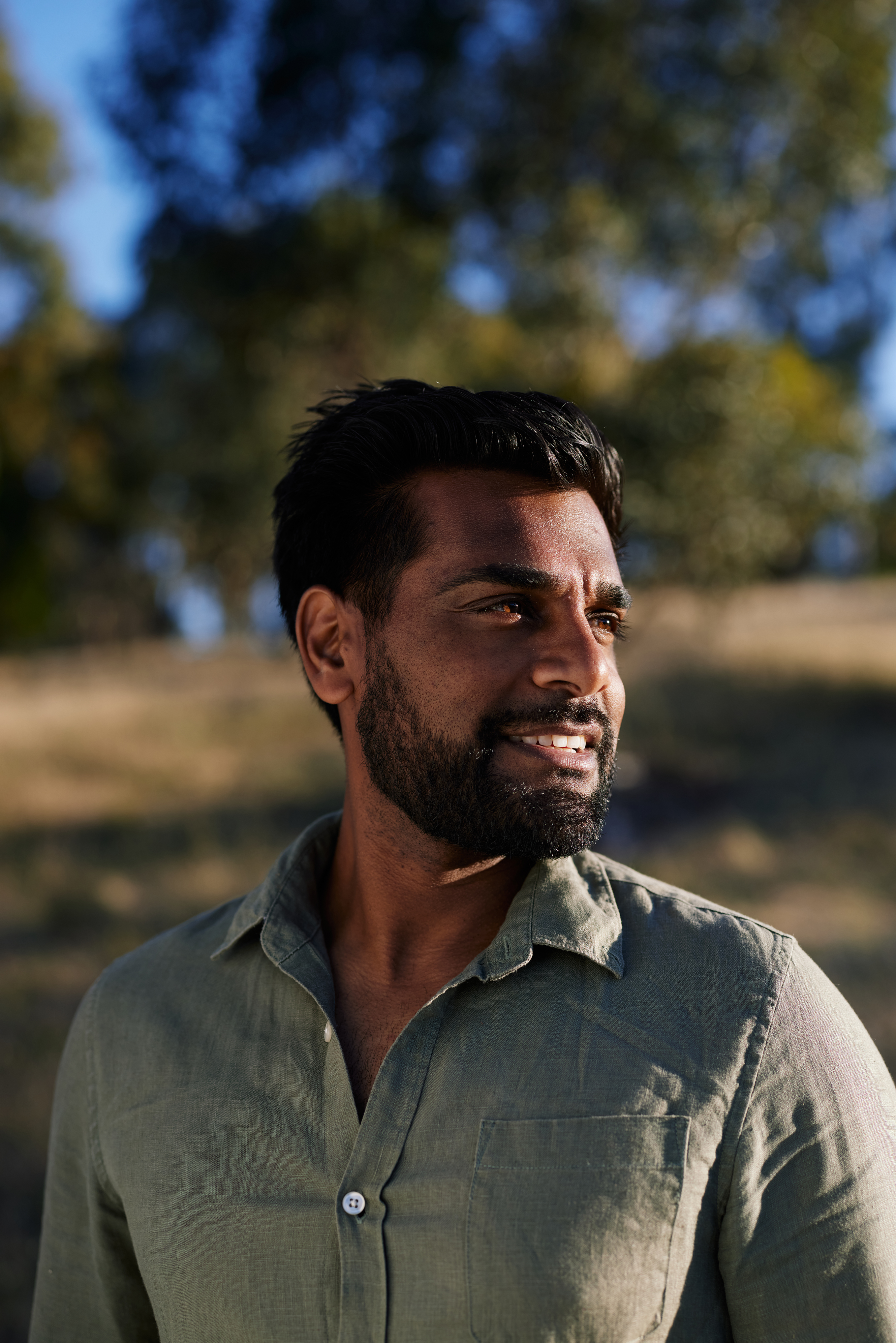Our RAP is now available for download.
Click download now to download a PDF copy.
Our Reconciliation Action Plan.
Developing a Reconciliation Action Plan is an important first step in recognising our organisation’s vital role towards reconciliation in this country, particularly within our workplaces and local communities. We also acknowledge that this framework has been developed by First Nations Peoples as the best way to engage with them on this journey to reconciliation and a shared future.
We have committed to this process, as part of helping to deliver on our purpose, which is to change the lives of our customers and communities through financial wellbeing. We believe in inclusive communities and representing the communities and people we serve. Building better relationships with Aboriginal and/or Torres Strait Islander People to help remove barriers to financial well-being, contributing to economic empowerment, and helping to create a shared pride for our First Nations cultures and histories is why we are developing our first Reconciliation Action Plan.
We believe our organisation has an important role in contributing to reconciliation through education and awareness, financial inclusion through our banking products and services and economic empowerment through job opportunities and support of First Nations-owned businesses.
We recognise that every community is different, yet despite these differences, communities thrive through connection and relationships. We want to strengthen our communities and contribute to a conversation that challenges perceptions and ignites a sense of shared pride.
Our Reconciliation Action Plan incorporates actions across four pillars.
About our Reflect artwork.
The Beyond Bank Reconciliation Action Plan (RAP) Cultural Expression Painting is embodied with ochre, a natural pigment harvested from the Flinders and Gammon Ranges, home of the Adnyamathanha Nation.
Ochre plays a vital role in sharing Yura Muda, histories of people and land. To this day, ochre is traded and used in all forms of cultural expressions by First Nations people across diverse landscapes.
The Cultural Expression Painting, “Travelling the pathways of our Ancestors’’ is inspired by both the Australian Landscape and my Adnyamathanha and Dieri heritage. Specifically, the colour palette captures diverse landscapes and the transition through the seasonal calendar as observed on Country (Yarta) and in the sky (Ngairri) of the Flinders and Gammon Ranges in South Australia. Depicted is the journey of fresh water from the estuaries, seeping across long stretches of terrain, to meet and supply Lakes Frome (Munda) and Torrens (Ngarndamukia). White markings, in dual and cluster groupings, symbolise the rich cultural connections of First Nations people with the physical and spiritual worlds.
The locations identified in the painting formed significant meeting hubs where robust and prosperous trade between Aboriginal Nation’s occurred. Trade for Aboriginal people was not centred solely on physical objects, it included many forms of cultural expression: sharing language and song, fulfilling kinship rituals such as harvesting food or land management, and engaging in group dialogue (malkata).
Aboriginal people developed a thriving bartering and exchange system by using their sacred pathways and songlines to guide them in their trade exchanges. Communities formed alliances, networks and mergers, and boasted elaborate systems of economic and cultural exchange. Natural resources harvested from diverse localities were transported, often vast distances, with their custodians.
People from my Adnyamathanha and Dieri homelands relied on trade relationships to secure necessary resources. Likewise, our neighbours relied on accessing the natural resources of ochre, found in the Flinders Ranges for use in ceremonies, body and tool marking, and in escarpment sites. Trusted partnerships and the sharing of resources across borders and territories has allowed for the disbursement of goods, the passing of information, and the development of technologies. These connections and trade relationships play an instrumental role in the continued evolution of Australia’s flourishing economy.
In 2023, Beyond Bank’s network of branches is represented across Australia, creating a unique opportunity to support the generational wealth of the Aboriginal Nations they service. Fostering culturally safe practices and providing culturally safe services is essential in the development of mutually respectful and meaningful relationships with First Nations customers. Beyond Bank’s commitment to reconciliation, creates opportunities to empower individuals and communities by providing accessible and transparent services. This can be further strengthened by branch leaders working in partnership with First Nations knowledge keepers to include Aboriginal representation and ensure initiatives in which Aboriginal perspectives are embedded as an integral part of the organisational principles and practices.
Travelling the pathways of our Ancestors.
By artist Damien Coulthard


Artist acknowledgement.
Damien Coulthard is an Adnyamathanha person from the Northern Flinders and Gammon Ranges in South Australia: a sacred place of immense social and environmental significance to the Adnyamathanha people. Damien’s paintings share family narratives that have existed for millennia, embedded in the Yarta (diverse landscapes) as a record and reminder for all diversities and identities of the unique and continuous - spiritual and cultural connection Aboriginal people have to Country.
He has worked as the South Australian Aboriginal Secondary Training Academy (SAASTA) Coordinator, at the Elite SAASTA Sports Academy and for the past decade as a teacher at Le Fevre High School with a special focus on supporting and educating Aboriginal students. Damien highlights key elements of successfully working with Aboriginal students as recognition and celebration of cultural identity, as well as developing and nurturing individual interests, broadening knowledge, understanding of career pathways, and providing opportunities to further sporting aspirations, which he also championed in his role as an Educator at the Tjindu Foundation.
Damien has also been a board member of the South Australian Native Title Service, is an award-winning author (First Nations Food Companion & Warndu Mai) and an internationally recognised contemporary artist.
Our acknowledgement.
Beyond Bank acknowledges the Traditional Owners and Custodians of the land and water on which we rely and pays respect to Elders past, present and emerging.
We recognise Aboriginal and Torres Strait Islander Peoples as Australia’s First Peoples and acknowledge their rich culture and ongoing connection to Country.
Learn more about Beyond Bank.

Sustainability
We’re a Certified B Corp, a global community of forward-thinking businesses that push for higher standards of social and environmental impact, challenging business norms to benefit all people, communities and our planet.
Sustainability
Community
Community is at the heart of everything we do. We believe the best way to help strengthen communities is to support the people and organisations in our community who are focused on helping others.
In the community
Corporate Report
Our purpose is to change the lives of our customers and communities through financial wellbeing. It is what guides every decision that we make and everything that we do. As one of Australia’s largest customer-owned banks, we aim to make a positive difference for you, your community and your bank. We do this through the relationships we build with our customers, understanding that every person is unique and has their own needs that we can help to fulfil.
Corporate Report


